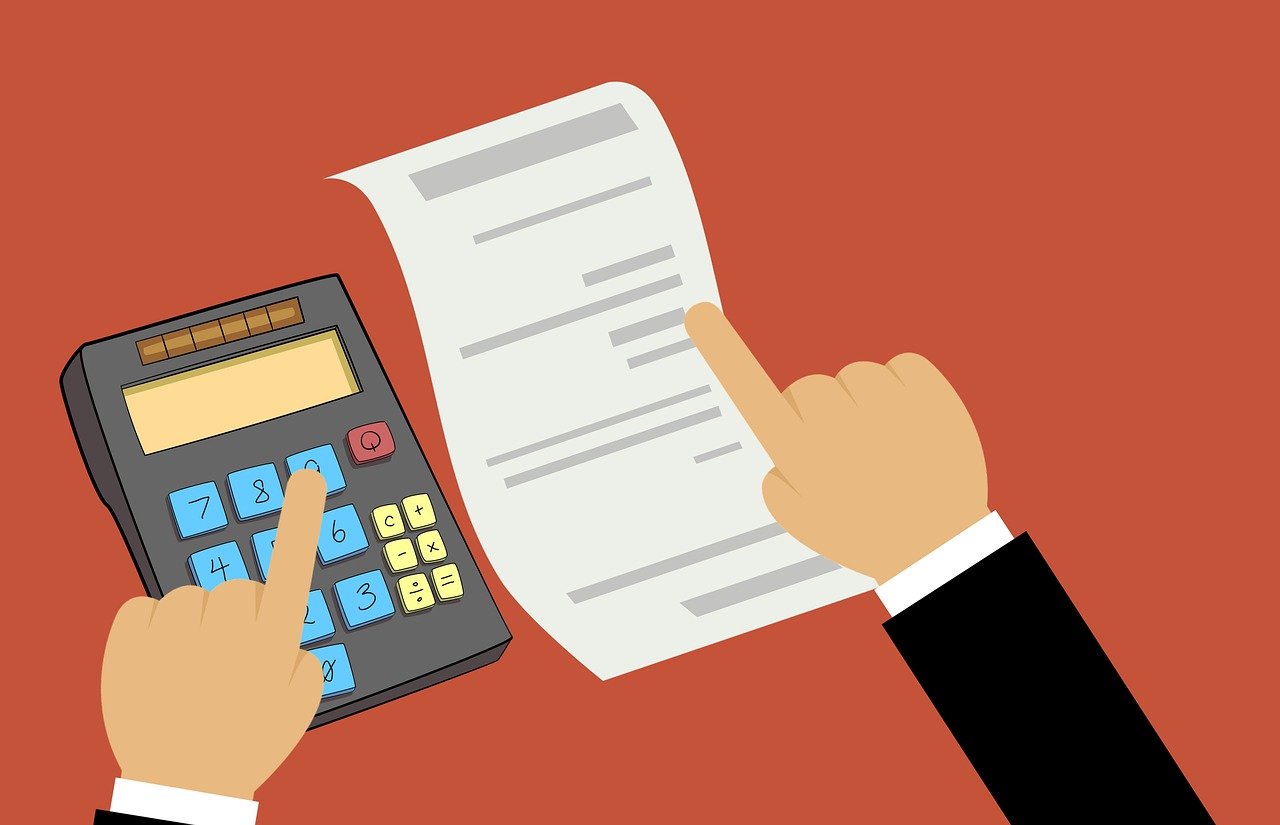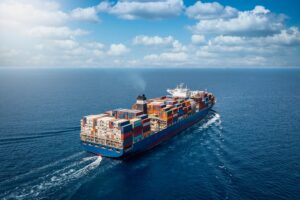The landed cost is a term used by importers to calculate the real cost to bring a product to their door. This is a more accurate view of the cost of a product then just looking at the cost you pay a supplier to buy product from them. How the landed cost is calculated will vary depending on your terms with your supplier and the costs you incur, but the most common components of landed cost are:
Product Cost-this is the cost paid to the supplier for the product itself. It is important to consider the terms when calculating product cost so if the vendor is including services like freight and insurance in the price of the product then obviously these additional costs should be removed from the calculation
Duty-this is the fees paid to customs to import the product. Calculation is value of goods x duty rate
Broker Fees-These are fees paid to the customs broker for doing customs clearance and ISF entry.
Ocean Freight-Ocean freight is the cost of the freight paid either to a freight forwarder or carrier. If there are many products in the container, this cost can be calculated for each product by looking at the total ocean freight cost/total LBS or PCS on the shipment to get the cost per LB or PCS then you multiple times the number of PCS or LB for each product.
Drayage-This is the trucking cost from the port to the warehouse or if shipping direct to the customer it would be from port to customer.
Finance Costs-If the cost of the product is being financed, then the interest on that loan should be considered when calculating landed cost. The simple, but less accurate, way to calculate this is to just multiply the cost of the product (amount of loan) by a flat percentage, like 1%. The more accurate way is to start the calculation at the time the product is paid for and then calculate it daily every day until the product is completely sold. If a deposit is paid in advance, then you would only calculate the interest on the portion paid and then add the rest of the cost when the balance is paid.
Insurance-This is the cost to insure the product during shipping. Also generally calculated as a percentage of the value of the goods
Packaging and Re-Packing-If the supplier or third party logistics providers charge fees to package or re-package product this cost should also be considered.
Taxes-Any additional taxes involved in the importing or purchasing of product.
Storage costs-this is the tricky one. Many people ignore storage cost all together in the landed cost calculation and instead treat it as an expense. This is mostly due to the challenge associated with accurately breaking up all the fees associated with storage and distributing them against the various products in the warehouse over a period of time. If storage cost is billed monthly, I recommend breaking all products down to the smallest unit of measure like pieces per day or LBS per day and then for each PO you look at the number of PCS per day x total cost of storage /total of number of pcs per day x days in storage for all product in the warehouse for that month.
There are other fees typically considered in gross margin calculation that would not fall under landed cost. When looking at your profitability per transaction, you need to consider all of the costs included in the landed cost but also any additional costs associated with the sales of the product including:
Outbound Freight-This is the cost to truck product to the customer.
Commission-This is the cost paid to inside or outside sales brokers for sale of the product
If you are interested in learning more about how VISCO software can help in these calculations, please contact us at 845-383-3800





